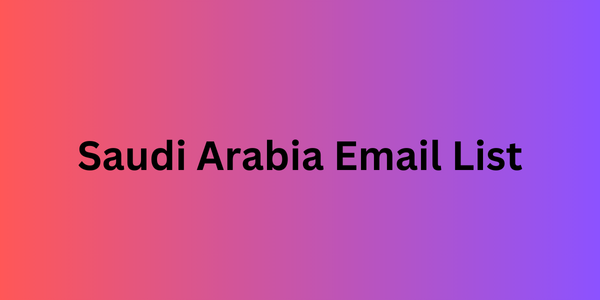When working on a business proposal, budget constraints can be one of the most challenging hurdles to overcome. However, limited resources don’t necessarily mean that quality has to be sacrificed. By implementing thoughtful strategies and focusing on priorities, you can create a compelling proposal that fits within the financial limitations while still delivering value. In this article, we’ll explore how to effectively deal with budget constraints in your proposal.
Budget constraint How to Deal with Budget How to Deal with Budget
1. Understand the Scope and Prioritize Needs
When dealing with budget constraints in your saudi arabia email list proposal, one of the most critical steps is to clearly define the project’s scope and prioritize its needs. Here’s how you can approach it:
1. Assess the Project’s Goals and Objectives
Start by taking a deep dive into the project’s overall goals and objectives. Understanding the bigger picture allows you to align your proposal with what the How to Deal with Budget client or stakeholders expect to achieve. Ask yourself: What are the primary goals of the project? What are the key deliverables? What are the
success metrics? How to Deal with Budget
It’s important to fully grasp the purpose of the the combined student population project and its desired outcomes because it will shape your decision-making process throughout. For example, if the goal is to increase user engagement on a website, your budget should prioritize areas that directly contribute to achieving that, such as improving the user interface or investing in high-quality content. By focusing on the project’s end results, you can ensure that every dollar spent moves the project closer to success.
2. Distinguish Between Must-Haves and Nice-to-Haves
Once you’ve identified the core goals of the project, the next step is to break down the scope into essential and non-essential elements. Must-haves are those features or tasks that are absolutely critical for the project to succeed. Without these, the project will not meet its objectives.
On the other hand, nice-to-haves are additional features or tasks that would improve the project but aren’t necessary for its completion. These are often enhancements that provide extra value but can be omitted if the budget doesn’t allow for them. Identifying and categorizing elements in this way helps you focus resources on what’s truly needed and cut back on non-essential areas when budget
limitations require tough decisions.
For instance, in a web development project, having a responsive design might be a must-have, while adding advanced animations could be a nice-to-have. Knowing the difference allows you to tailor your proposal to meet the budget while ensuring the project’s core functionality remains intact.
3. Focus on Impact
When working with a constrained budget, it’s crucial to material data think about where your resources will have the most significant impact. Not all project elements contribute equally to its success. After prioritizing must-haves, allocate the budget toward the areas that will yield the greatest positive outcome, whether that’s improving user experience, enhancing productivity, or delivering results quickly.

